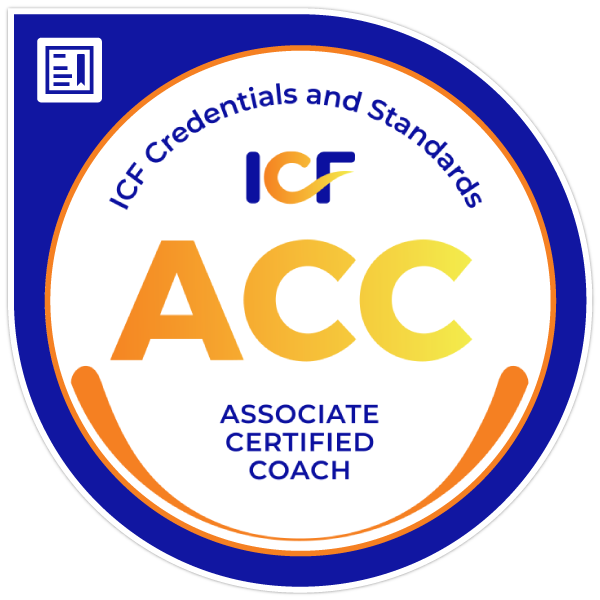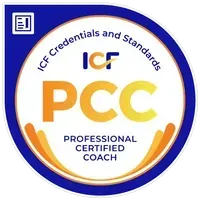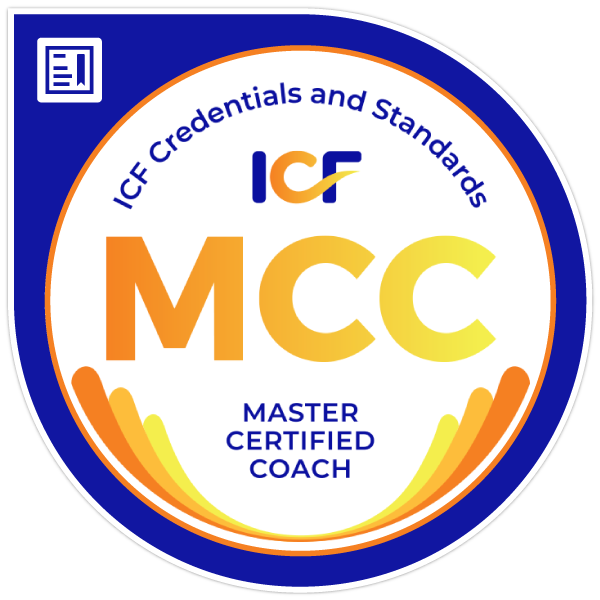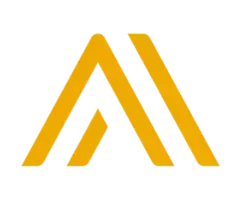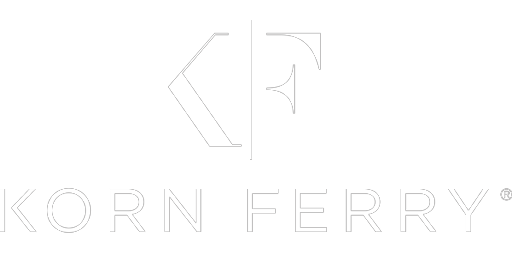The Three C's of Community
A community is a group of people who share common interests and goals. Communities have been around forever but have evolved significantly over the last ~100 years. Primary drivers include industrialization, technology, (specifically digital communication), and globalization. Now, we affiliate with a diverse patchwork of personal and professional communities. These communities are not monolithic. Some occur in our offices and schools. Others exist in Facebook Groups and private Slack Workspaces. A few are hybrids, linking personal and professional interests and existing in person and online.
So, what’s the common thread across these community threads; what’s the continuity? Communities form a culture, maintain a climate, and maximize communication among members. This post explores these three key aspects of a community and provides thoughts you can use to positively impact your communities this week.
Culture
Culture consists of the foundational values, beliefs, and behaviors that drive an organization’s social environment. Moral ethos shapes the character and credibility of an individual. Heteronomous ethos shapes the character and credibility of an organization or a community. Culture can be elusive to measure and even tougher to influence. Culture exists and is influenced by each and every interaction between community members. Further, the community’s culture emanates with external interactions where members serve as community representatives. Thus, it cannot be fixed by giving a speech or publishing a new vision statement. Community leaders and influencers affect culture by affecting people. They accomplish this by emulating and embodying the community’s values, beliefs, and behaviors. Finally, community leaders ensure that these values are tangible and well-defined. The US military has multiple examples including the Marine Corps Values and the Ranger Creed. They are also present in sports, like Coach K's Gold Standards, and in business, like Google's Shared Values. Communities flourish when there is a strong overlap between individual and organizational values and beliefs, igniting passion and community engagement.
Climate
A community’s climate is a representation of how it feels, the sum of community member perception and experiences. People join communities based on alignment with the culture described above. They thrive in communities when they feel valued, heard, and useful. Further, great communities foster a climate of integrity and trust. Again, community leaders cannot publish an edict to affect this perception. Instead, they must work to know community members, their personal values, and their engagement styles. Doing so requires emotional intelligence, employing an affiliative leadership style to bring people and their purposes together and in line with the community’s goals. This approach takes time, energy, and a focus on people. Community leaders can amplify their actions by identifying and employing community influencers to affect climate.
Communication
Communication is the way communities share and impart information, thoughts, and ideas. Though many aspects of communities have remained constant over the centuries, communication has evolved exponentially. In early communities, members would physically gather to address an issue. While communicating verbally, social cues and physical factors were every bit as important as the words spoken. Today, face-to-face and group communication is essential but not our primary method of communication. These interactions have been replaced with digital means, like the one we are using to communicate now. These means are vastly more efficient but come with significant challenges in effectiveness. Humans were designed to communicate face-to-face. We are prone to misunderstand or misconstrue communications without access to critical information such as body language and social cues. That said, digital communication isn’t going anywhere. Community leaders who metaphorically bury their heads in the sand, who only communicate in person and who loathe digital engagements, will not succeed. Successful community communication requires leaders to double down on immersion and engagement where their members are communicating. A benefit of digital communication is that most of it is recorded. Leaders can ingest threads, comments, and engagements. This does not, however, require a community leader to comment constantly, drowning out the conversation with their voice and opinion. Communication remains a two-way street. Great community leaders spend more time listening than they do speaking. They foster conversation and engagement among community members. Finally, great community leaders make the absolute best of in-person and one on one communication, the conditions where they are most likely to make a lasting impact.
Communities always have and always will be an integral part of human society, though their nature continues to evolve. Culture, climate, and communication are critical factors that determine the success or failure of a community. Think through these aspects and how they impact the communities you are a member of. With this knowledge, how can you improve your communities this week?








